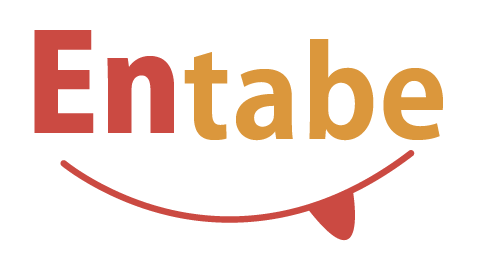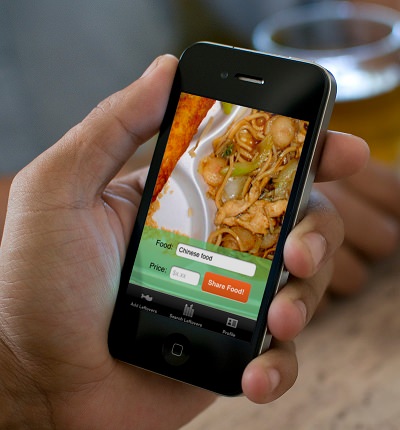
LeftoverSwap is an app that allows meal providers to publish photos and explanations of leftover food, as well as location information. Based on the published information, the person seeking a meal selects a meal that is close to his / her current location and that he / she likes, and contacts the provider.

The official website explains the motivation for the development of Leftover Swap:
"40% of food produced in the United States is wasted. 25% of Americans don't know their neighbor's name. 70% of Americans are overweight. But 16% of Americans. Not getting the food they need to live a healthy life
LeftoverSwap solves all these problems.
LeftoverSwap eliminates the need for users to eat the large meals offered at restaurants, instead allowing them to be passed on to hungry neighbors. In return for giving you a meal, you will be able to know your neighbor's name and not have to consume extra calories. "
LeftoverSwap's site cites Tristram Stuart's TED speech to emphasize the importance of sharing leftover food. Stuart argues that as the world's population grows, many people are discussing ways to increase food production, but before that, the effective use of wasted food comes first.
"We have to be aware. We cut down trees on a daily basis to encourage food production, and we draw water from the water source to encourage food production. We're killing ponds, emitting carbon dioxide from factories, and discarding the resulting food. Before we increase food production, think first about what we can reduce. Must be "
LeftoverSwap's service will start in Seattle and San Francisco, where the company's headquarters are located.
I don't think anyone who can't buy food can buy an iPhone. Also, sharing meals with neighbors in the United States can carry risks. For example, if you give a homeless person the leftovers of a restaurant, the next morning there is a long line of homeless people in front of the door of the room, which is still the case in urban areas of the United States.
But LeftoverSwap says it will first experiment to see if this mechanism works on iOS. Depending on the results of the experiment, it will consider platforms other than iOS. In addition, regarding the risk reduction of meal providers, the company will consider options such as charging for meals.
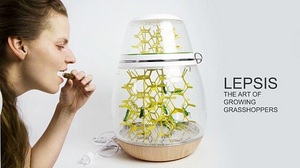
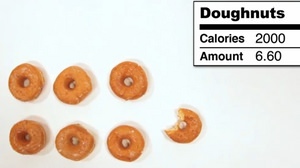
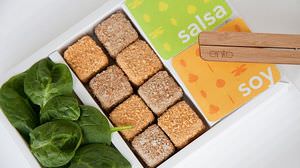



!["Sweets protein [cacao]" "Sweets protein [berry]" Easy to eat and moist texture! Ingest protein like sweets! From Lotte](https://image.entabe.jp/upload/articles/41676/acc3b61aeb4276b095f3e82e05cde06c_special.jpg)


![[Muscle breaking news] Japan's first trial-sized protein! "The Bus Trial Type"](https://image.entabe.jp/upload/articles/15763/61a65b1251e730d46c47ae593a054a7f_special.jpg)







